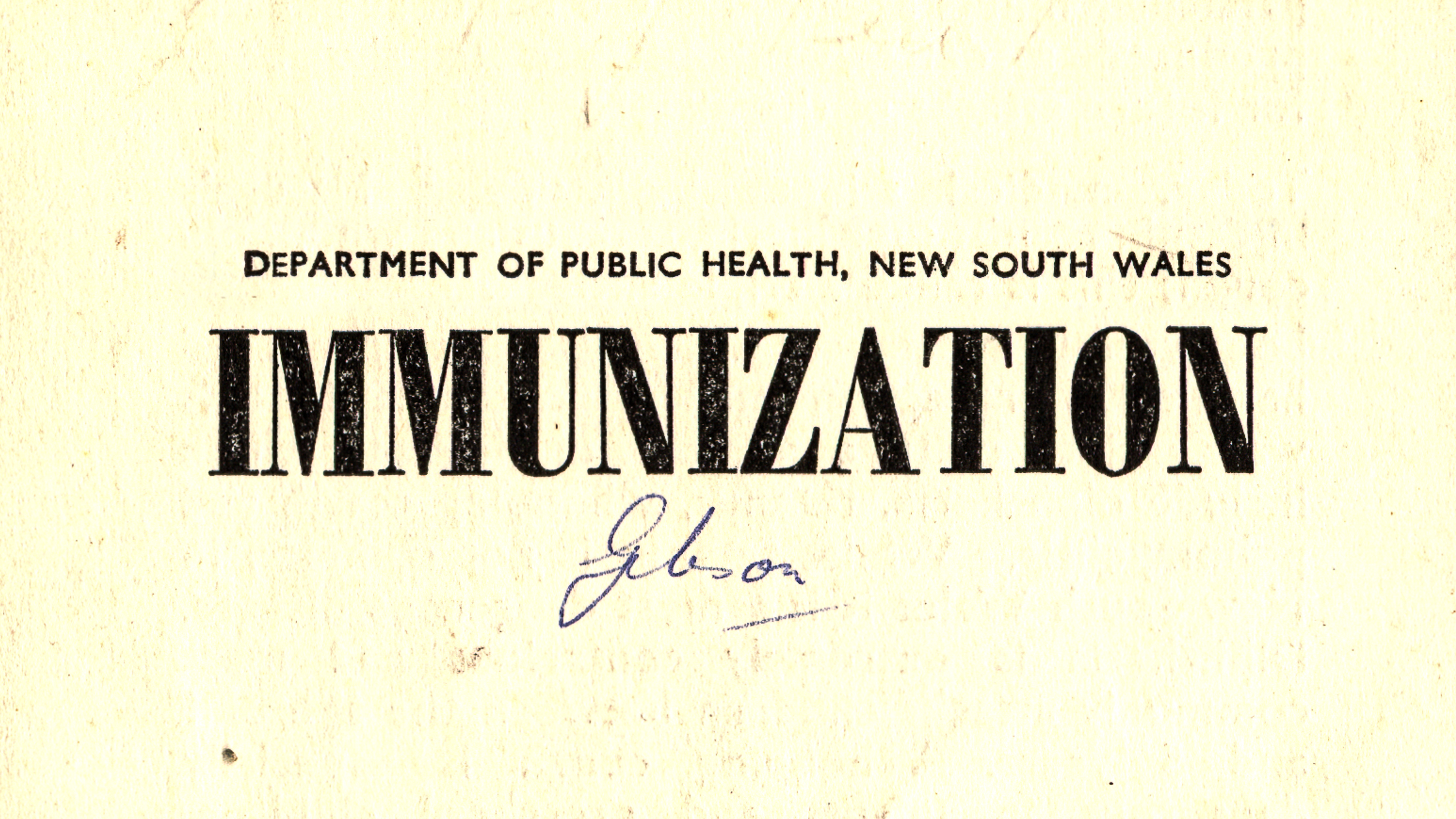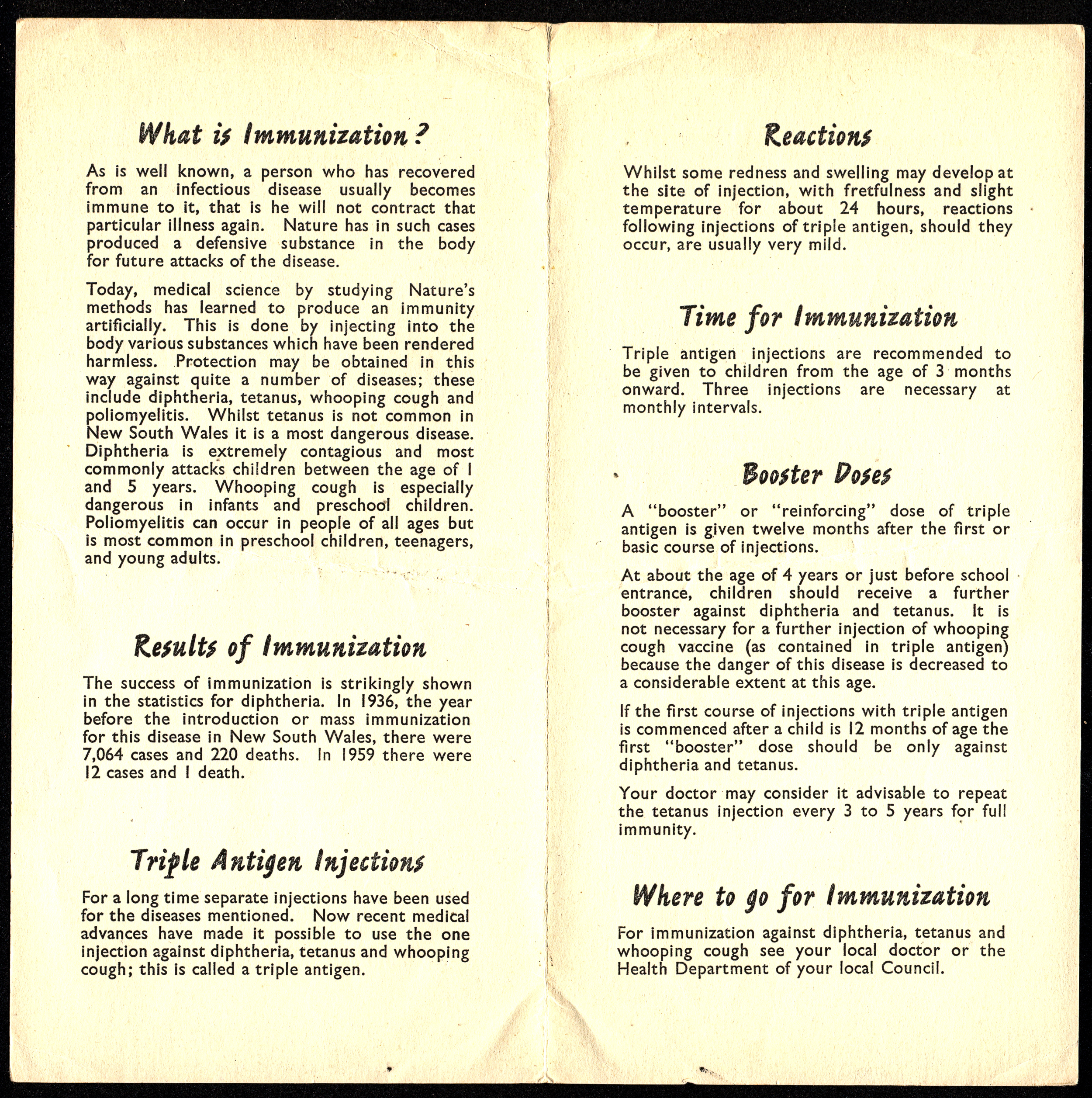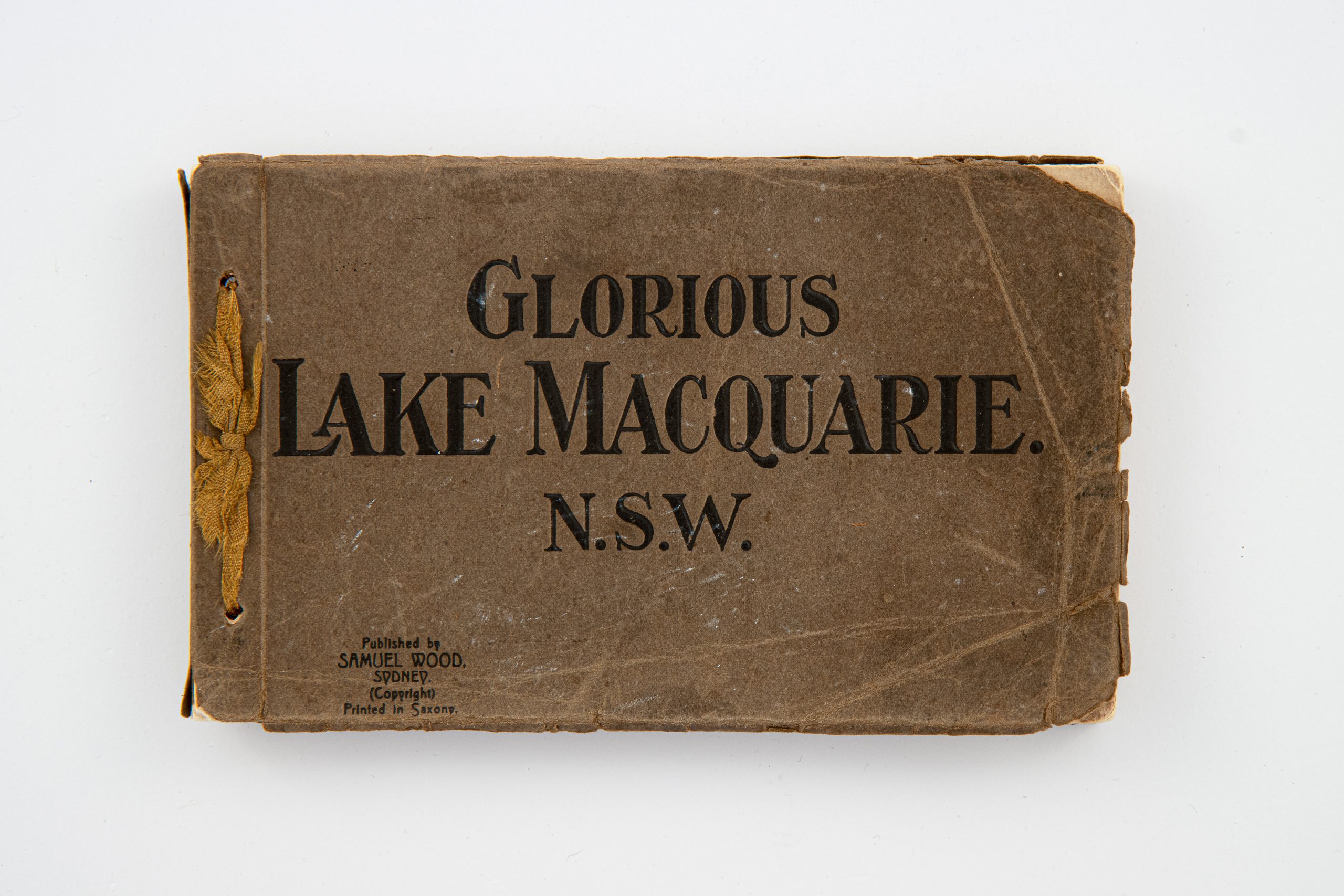For Your Information
The Early Years of the Polio Immunisation
News of the success of the poliomyelitis (polio) immunisation program would have delighted Dr. Kenneth Starr, a former Medical Superintendent of Newcastle Hospital during the 1930s.
Polio was one of the most terrifying diseases to sweep across Australia during the 20th century. Affecting mostly children, in many cases it could cause permanent paralysis and even death. The first polio vaccine was developed in America by Dr. Jonas Salk and his research team in 1955, and the second by Dr. Albert Sabin in 1961. Salk’s vaccine was introduced in Australia in 1956 and Sabin’s in 1966, leading to two mass immunisation programs.
Prior to the vaccine, Starr and other hospital workers in the Greater Newcastle area had worked tirelessly throughout the polio outbreaks of the 1930s – 1950s, seeing many changes in the available and recommended treatments. These included the Iron Lung, a mechanical respirator used to stimulate breathing in paralytic patients, two of which were installed at the Waratah Infectious Diseases Hospital in 1938 by the Hospital Commission.
Another treatment was the Kenny Method, developed by Sister Elizabeth Kenny (with whom it appears Starr did not see eye-to-eye) was also employed in the Newcastle area, at the request of the Minister for Health. Her work is often considered a forerunner to contemporary physiotherapy, using the application of heat and passive exercise.
Due to public concern about polio and vaccination rates below the proposed ideal, information booklets such as this were produced to help parents understand the purpose of immunisation, as well as any immediate side-effects which may be experienced by their child.







